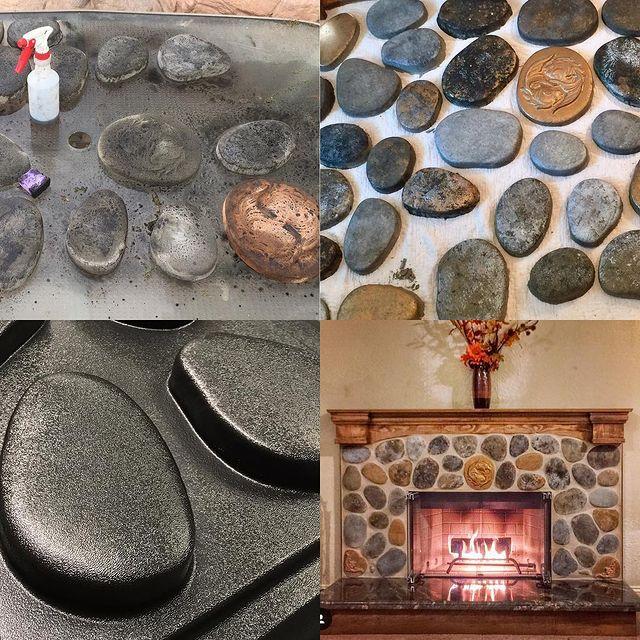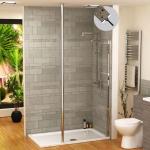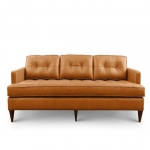Step-by-step instructions to pick the correct form types for solid specialty and what the choices are. The universe of solid specialties making can be confounded, so it's imperative to comprehend which undertakings require certain solid form materials. Plaster of Paris Molds Notwithstanding, picking the correct material for your shape will have a significant effect on whether your concrete specialty project is fruitful. I will clarify what the distinctive material alternatives are and for which projects they are most appropriate, just as a portion of the strategies for making your solid molds. By the way, if you are simply beginning, at that point I suggest investigating my article on the Concrete and Cement Mixes Tests where I look at six changed sorts of cement blends, just as my analyses with sealers, impacts of vibrating.
What Are Good Mold Types For Concrete
There are a few contemplations while picking a solid form for makes.
The best material for a solid form will be something that solid will not adhere to. Concrete will not adhere to silicone, elastic, or plastic. There truly is not an ideal material for picking a form for solid artworks, since besides size shape, there will be a couple of different elements to take a gander at.
Surface
The surface won't influence whether your venture is fruitful from a utilitarian angle, yet it influences the feel. If you need a smooth look, at that point, you will require a smooth shape. Perfection can likewise compare to sparkle. The more glass-like the shape is, the shinier your concrete art will be. Even though silicone is too smooth, it doesn't have a glass-like feel, nor any sheen of its own.
SHAPE
Tightened molds are acceptable and will assist with delivering concrete. The intricacy of a shape will matter also. Complex shapes will in general have slants that go toward a path that will cause an undercut. If the solid can't slide out effectively in light of a pocket inside the form, at that point you may have an issue. The photograph above is an outrageous model. If you somehow managed to attempt to demoed this by flipping around it, it wouldn't come out.
SIZE
The material to use for the shape will rely upon the size and in each segment, I examine which materials are useful for specific sizes. Moreover, another significant thought is finding the appropriate size internal form to fit proportionately to the external shape.
SCALE AND PROPORTION
This is a major one. You can have a pleasant smooth plastic form holder that has a slight shape to it, and have another decent smooth compartment as the internal form - and still, within the form will stall out. This is likely a result of the extent of the form to the solid. At the point when you cast something tall and thin, you are squeezing that internal form. If your form is wide and shallow, there isn't a lot of weight from the solid setting tension on the inward shape piece thus it delivers without any problem.
Also read about:
Seven Strategies for Effective Online Teaching
HRIS Software Is The Right Technology To Address Your HR Challenges
9 Goa places that are not to be missed
















